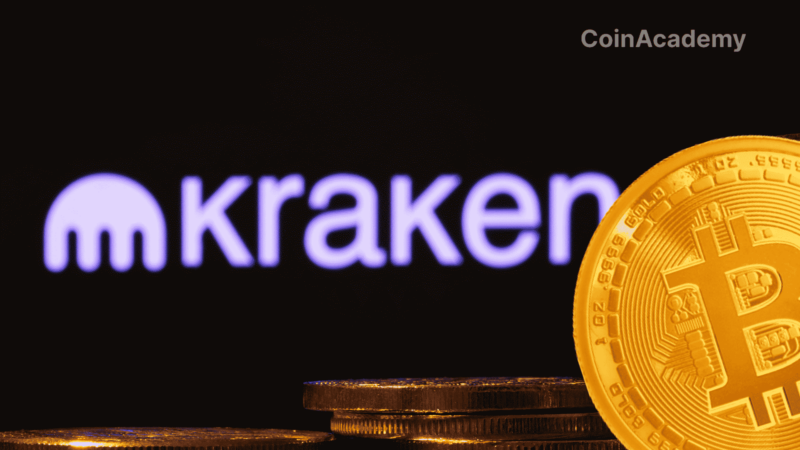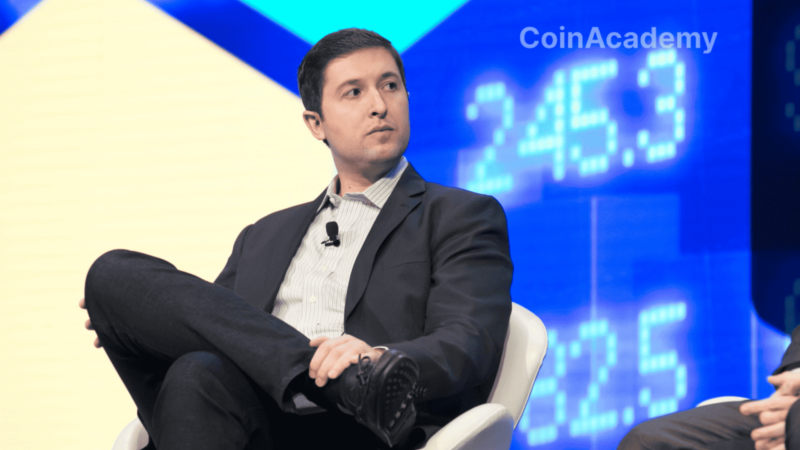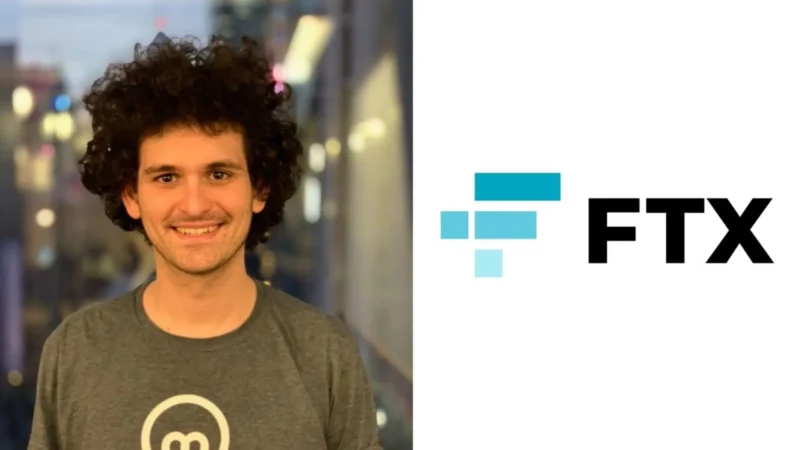Ethereum continues to accelerate its scalability efforts. Following the introduction of “blobs” with Dencun in March and the Pectra upgrade in May, the network has set a new deadline: the deployment of Fusaka on December 3, 2025. A strategic step that paves the way for a doubling of blob capacity, crucial for the future of rollups and reducing fees on the network.
Fusaka, the New Milestone on the Calendar
Developers at Ethereum confirmed the date during the latest All Core Developers Consensus call. Before activation on the mainnet, the code will undergo three public testnets in October. The goal is to ensure that no major bugs disrupt the transition. If the tests run smoothly, the update will be initiated in early December, with confirmation of epoch numbers and exact timing in the coming days.
Fusaka does not immediately bring visible changes for the end user but lays the groundwork for a major adjustment of blob parameters via dedicated forks.
More Blobs, Progressively
A week after Fusaka, the first “Blob Parameter Only” fork (BPO-1) will increase the target and maximum blobs from 6/9 to 10/15. Then, a week later, BPO-2 will raise these thresholds to 14/21.
This gradual and controlled increase is based on performance observed on the Fusaka Devnet-5 test network. Another advantage: these adjustments do not require any software updates on the client side, minimizing risks for validators and users.
Introduced with Dencun, blobs efficiently store rollup data, significantly reducing costs for layer 2 solutions like Arbitrum, Optimism, or Base. In simple terms: more available blobs mean more room for rollups, and therefore cheaper transactions for the ecosystem.
A Busy Schedule for Ethereum
This sequence is part of a busy dynamic for the network. Pectra, activated in May, had already transformed validator staking and added account abstraction features. With Fusaka, Ethereum continues its roadmap focused on efficiency and reducing usage costs.
Christine Kim, an Ethereum researcher, pointed out that more BPOs may follow after the first two. The aim is clear: to support the explosive growth of rollups and prepare Ethereum to handle ever-increasing demand without sacrificing decentralization.
What It Means for the Ecosystem
Each Ethereum update reshapes the network’s economic balance. By doubling the blob capacity, Fusaka breathes new life into layer 2 solutions, whose success is directly tied to transaction fees. For users, this means ultimately lower costs and a better experience. For dApp developers, it promises a more scalable and competitive playing field against rival blockchains.
Ethereum thus stands as an ongoing project, where each upgrade brings the network closer to its vision: to be the global decentralized infrastructure capable of supporting the finance, gaming, and applications of the future.




